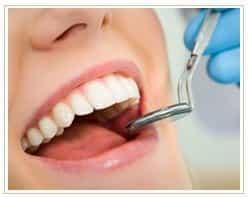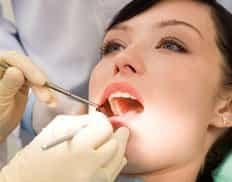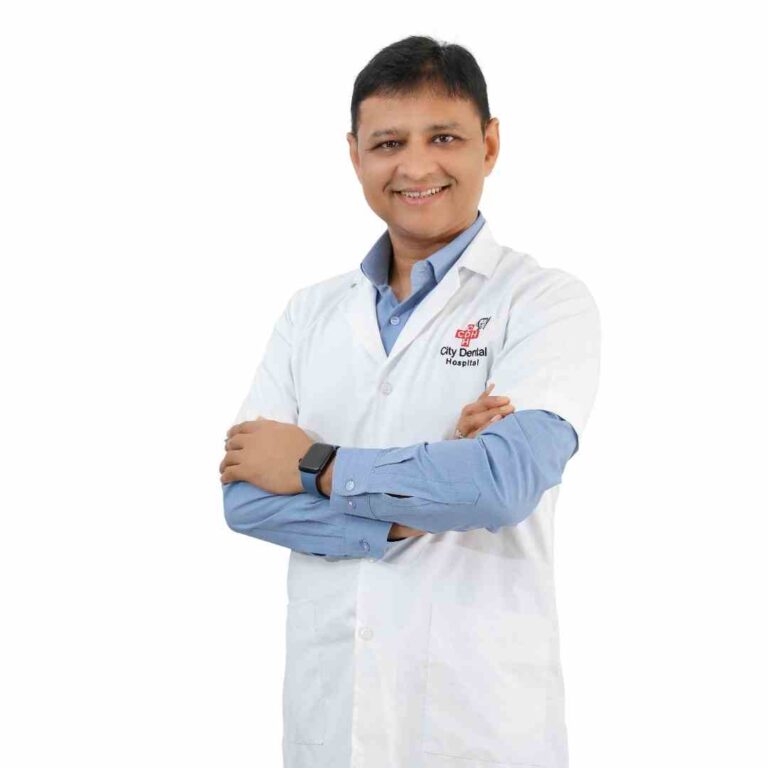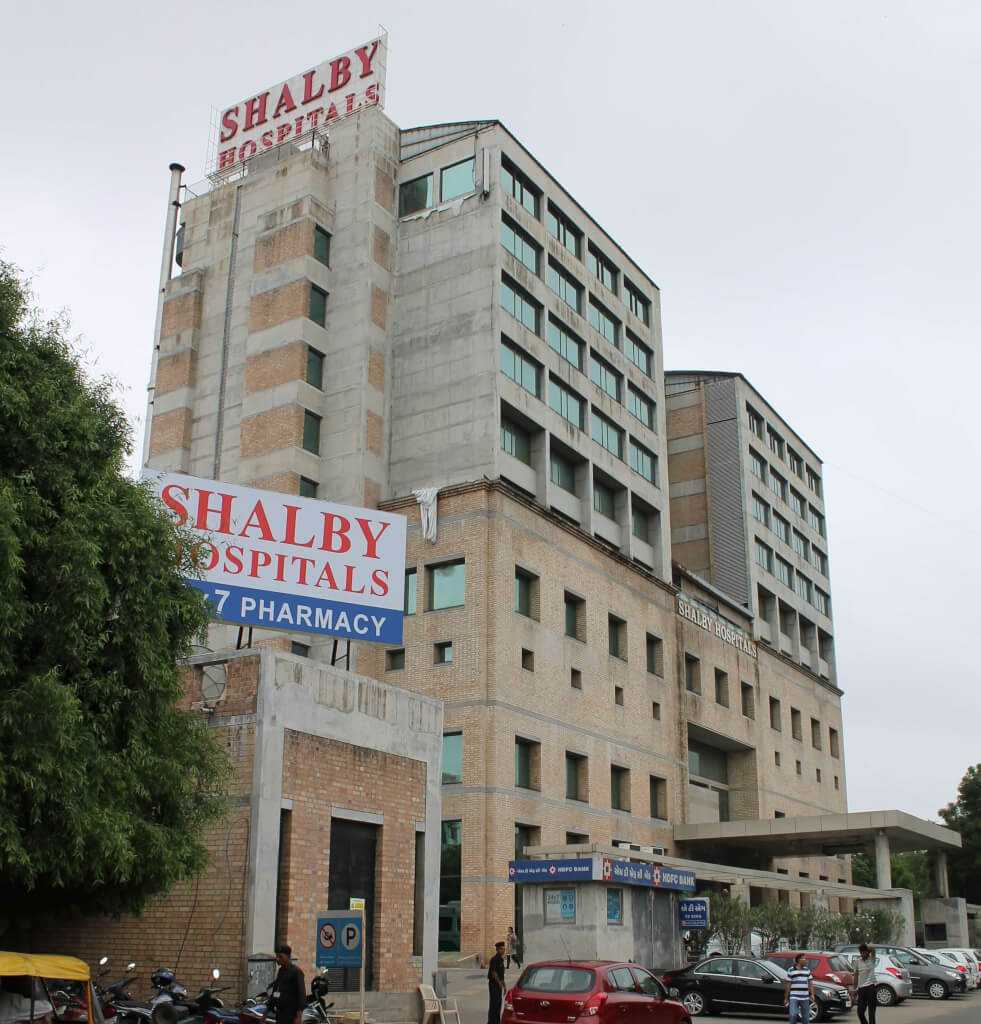
In general, the treatment of periodontal disease is a race: the body healing and regaining attachment vs. bacteria re-establishing in the pocket. Therefore, treatment should speed up the healing process, and/or interfere with the recolonization of the bacteria. Today we have a number of tools to help us do this.
One such tool is a laser. The selective removal of the diseased lining of the  periodontal pocket combined with the antimicrobial effects of the laser make it an ideal tool for the treatment of periodontal disease. Lasers are known for their ability to selectively remove tissue and to destroy microbes. A laser incision heals faster than one made by mechanical methods.
periodontal pocket combined with the antimicrobial effects of the laser make it an ideal tool for the treatment of periodontal disease. Lasers are known for their ability to selectively remove tissue and to destroy microbes. A laser incision heals faster than one made by mechanical methods.
Diode lasers can be used for a multitude of dental procedures which are predominantly soft tissue procedures and include soft tissue surgery, periodontal pocket therapy , peri-implantitis , but can also be used for certain applications involving hard tissue (teeth), i.e. endodontics - root canal disinfection and laser-assisted tooth whitening
The ability to perform the aforementioned procedures depends on the appropriate technical characteristics, which the diode must posses. The most important characteristic is the wavelength of the diode laser used as the wavelength determines how the laser light will interact with the target tissue (absorption in the appropriate tissue chromophores, penetration depth into the tissue etc.). To date, research has shown that NIR (near infrared) laser light around 810 nm to be one of the most versatile wavelength ranges in diode lasers available to the dentist with regard to the number of different treatments it can be used for.
The main use for the 810 dental diode laser in the periodontal therapy is the removal of diseased pocket lining epithelium and disinfection of periodontal pockets. Optic fiber delivery systems, with 200-320 μm fiber diameters, enable extremely easy access into the periodontal pocket. After hard and soft deposits have been removed through scaling and/or root-planing, the pocket architecture is re-assessed, with emphasis on the depth. The fiber is then measured to a distance of one to two millimeters short of the pocket depth and is inserted at an angle to maintain contact with the soft tissue wall at all times. The fiber is then used in light contact, sweeping mode to cover the entire soft tissue lining. Power setting of 0.8-1 W should suffice to ablate the epithelial lining.
of diseased pocket lining epithelium and disinfection of periodontal pockets. Optic fiber delivery systems, with 200-320 μm fiber diameters, enable extremely easy access into the periodontal pocket. After hard and soft deposits have been removed through scaling and/or root-planing, the pocket architecture is re-assessed, with emphasis on the depth. The fiber is then measured to a distance of one to two millimeters short of the pocket depth and is inserted at an angle to maintain contact with the soft tissue wall at all times. The fiber is then used in light contact, sweeping mode to cover the entire soft tissue lining. Power setting of 0.8-1 W should suffice to ablate the epithelial lining.
Start with the ablation near the base of the pocket and slowly proceed upwards. Often some bleeding of the pocket site will occur, possibly due to damage to the inflamed pocket epithelium, but in terms of laser hemostasis, the power levels used are low and aimed at removing the epithelial surface and disinfecting the pocket . The fiber tip should be regularly inspected and cleaned with a damp sterile gauze or cleaved in order to prevent the buildup of debris on the fiber tip. The treatment time per pocket should be around 20-30 s, amounting possibly to 1-2 minutes per tooth site.
In conclusion, research has proven that the 810 nm is the premier wavelength available in today's dental diode laser systems when considering the versatility of the system. It can be used for a variety of procedures which are routinely carried out in a modern dental practice, including a multitude of soft tissue procedures, such as soft tissue surgery, periodontal therapy as well as being an efficient tool for use in implantology, endodontics and tooth whitening.
When compared to "classical" dental techniques, the 810 nm dental laser offers distinctive advantages, such as the ability to cut, coagulate, ablate or vaporize target tissue elements, enabling dry-field surgery through the sealing
of small blood vessels (hemostasis), disinfection of the tissue, reduced post-operative edema (through the sealing of small lymphatic vessels) and decreased amount of scarring, contributing to faster and more effective treatment resulting in improved treatment outcome and increased patient comfort and satisfaction.
A summary of the benefits of laser use in periodontal therapies:
1) Lasers create a clear, dry field with no bleeding
2) Lasers decrease the possibility of infection
3) Lasers create less trauma to the area
4) Lasers have shown less post-operative swelling and scaring
5) Lasers have shown to create minimal post-operative pain
6) Laser use is extremely precise and allows a greater great
degree of finesse in surgical and soft tissue procedures
7) Laser procedures require less anesthetic
8) Laser therapy results in better post-operative patient experiences. The patients we have seen display a high
acceptance of laser procedures.




.png)


.png)
.png)
.png)
.png)










